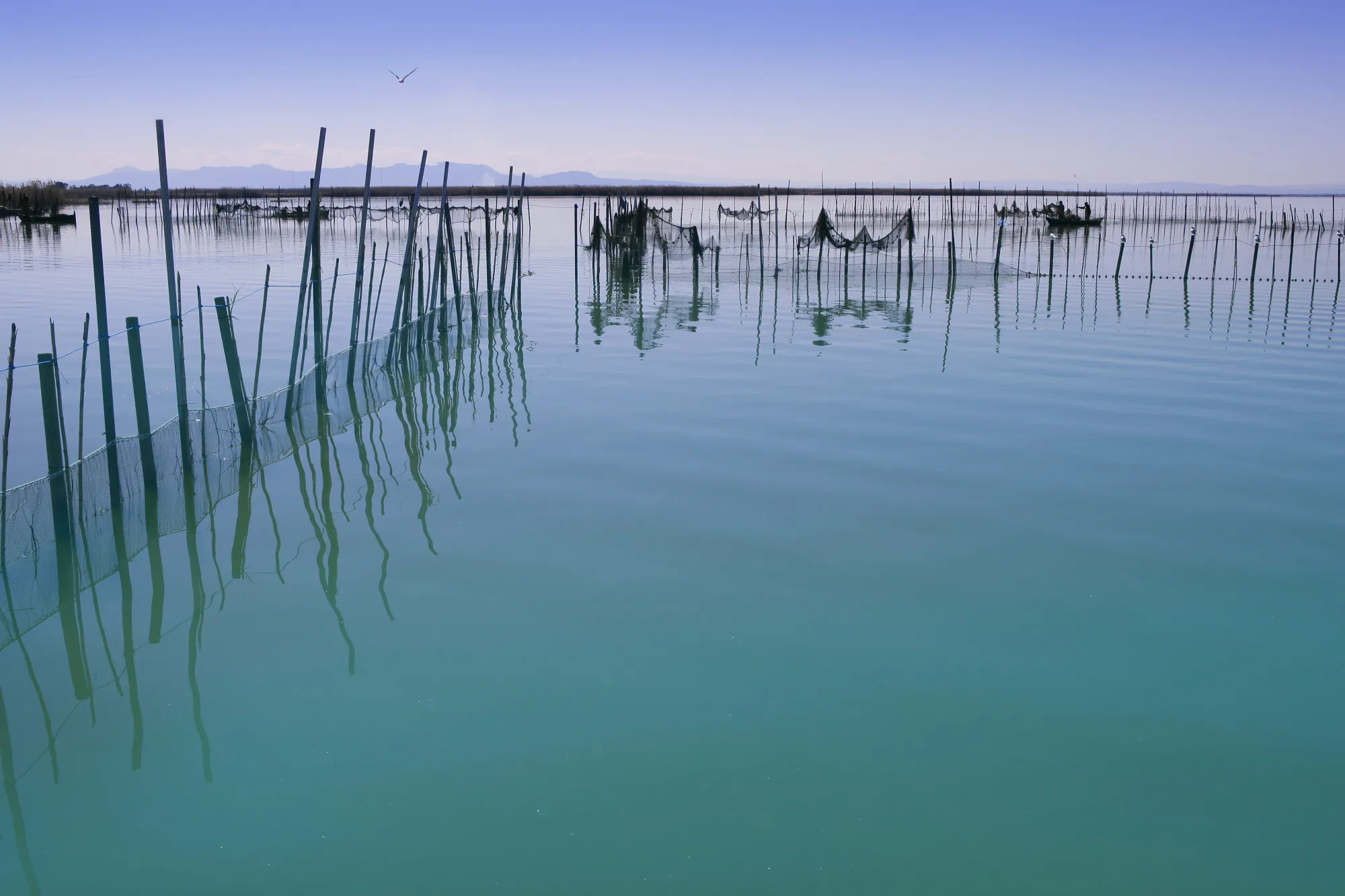In the shifting landscapes of our world’s climate, the high-altitude salt lakes of the Qinghai-Tibet Plateau, a region renowned for its briny waters teaming with the resilient brine shrimp species, Artemia, are undergoing profound transformations. A recent study published in the journal ‘Gene’ has sparked a significant conversation about the consequences of climate change on genetic diversity, particularly in the context of declining salinity in these unique ecosystems. In the heart of this change is Kyêbxang Co, the world’s highest-altitude salt lake engaged in commercial harvest of Artemia eggs, which is also witnessing a dramatic salinity descent from ∼67 ppt in 1998 to ∼39 ppt in 2019.
DOI: 10.1016/j.gene.2024.148160
The study, spearheaded by prominent researchers such as Li Wen-Jie and Chen Pan-Pan from the Fisheries College and Institute of Evolution and Marine Biodiversity, Ocean University of China, alongside collaborators like Sui Li-Ying from the Asian Regional Artemia Reference Center and Sun Shi-Chun, delved into the genetic intricacies of the Artemia populations inhabiting Kyêbxang Co. The researchers employed a combination of 13 microsatellite markers and mitochondrial cytochrome oxidase subunit I (COI) gene analyses to understand the temporal changes in genetic diversity, population size, and genetic structure of Artemia over a span of 21 years.
Their findings are pivotal in illustrating an observable succession of genetic variety diminishment alongside significant genetic differentiation across the sampling years. Such shifts in the genetic terrain could be attributed to genetic drift and the natural selection process affected by the declining salinity levels. Additionally, the researchers noted a reduction in effective population size, possibly linked to population number variance, skewed sex ratios, and the salinity adaptation selection pressures.
Keywords
1. Climate Change Genetic Impact
2. Artemia Salinity Adaptation
3. High Altitude Salt Lakes Biodiversity
4. Qinghai-Tibet Plateau Ecology
5. Evolutionary Biology of Brine Shrimp
Surprisingly, in 2007 and 2019, an excess of heterozygosity was also recorded in the Artemia population, along with a significant deviation from the Hardy-Weinberg Equilibrium, potentially suggesting a heterozygote advantage in lower salinity environments. This factor could be a silver lining, indicating some level of resilience or adaptive qualities within Artemia populations in the face of rapidly changing environmental conditions.
Understanding the broader implications of these findings is critical. Climate change is unmistakably altering landscapes, water bodies, and the life forms that inhabit them. The declining salinity of Kyêbxang Co is but one example of the dynamic and distressing alterations our planet is experiencing. The research not only highlights the immediate shifts within the Artemia populations but also beckons a need for more comprehensive investigations to grasp the full breadth of climate warming and wetting effects on plateau biodiversity.
The implications of this study extend to ecological conservation, commercial sectors reliant on Artemia harvesting, and the global need to anticipate and mitigate climate change effects on genetic diversity and ecosystem health. It invokes a complex confluence of ethical, environmental, and economic concerns.
References
1. Li Wen-Jie WJ, Chen Pan-Pan PP, Sui Li-Ying LY, Sun Shi-Chun SC (2024) Temporal genetic variation mediated by climate change-induced salinity decline, a study on Artemia from Kyêbxang Co, a high-altitude salt lake on the Qinghai-Tibet Plateau. Gene 902:148160. DOI: 10.1016/j.gene.2024.148160
2. IPCC (2021) Climate Change 2021: The Physical Science Basis. Contribution of Working Group I to the Sixth Assessment Report of the Intergovernmental Panel on Climate Change. Cambridge University Press.
3. Lensky, N. G., Dimentman, C., Bercovier, H., Rahamim, E., & Sarid, G. (1989). Desert aquatic ecosystems: The Ovda Valley as a case study. Journal of Arid Environments, 17(2), 219–225.
4. Hebert PDN, Cywinska A, Ball SL, deWaard JR (2003) Biological identifications through DNA barcodes. Proceedings of the Royal Society B: Biological Sciences, 270(1512), 313–321.
5. Gibson J, Wilson DJ, Cahill V, Hill J (2005) Mitochondrial diversity of Artemia: the basis of a global aquaculture industry. Mar Biotechnol (NY) 7(1), 33–40.
The matter of genetic evolution and adaptation in Kyêbxang Co provides a tangible and immediate context to the grander conversations of climate resilience and biological conservation. As the researchers aptly recommend, there’s an urgent need for broad and intensive sampling to create a mosaic of understanding regarding this phenomenon. The health and survival of Artemia, and by extension, the complex web of life they’re a part of, hinge on our ability to understand these changes – and to respond to them wisely. The study by Li Wen-Jie and colleagues is a critical stepping stone toward that deeper comprehension of our changing world.
Copyright © 2024 Elsevier B.V. All rights reserved.
